winnie chu, “A Burst of Subglacial Water Cracked the Greenland Ice Sheet”


winnie chu, “A Burst of Subglacial Water Cracked the Greenland Ice Sheet”

Increasing amounts of rain fuel grass growth across the ecosystem and, consequently, the cycles of wildfire and animal migration.
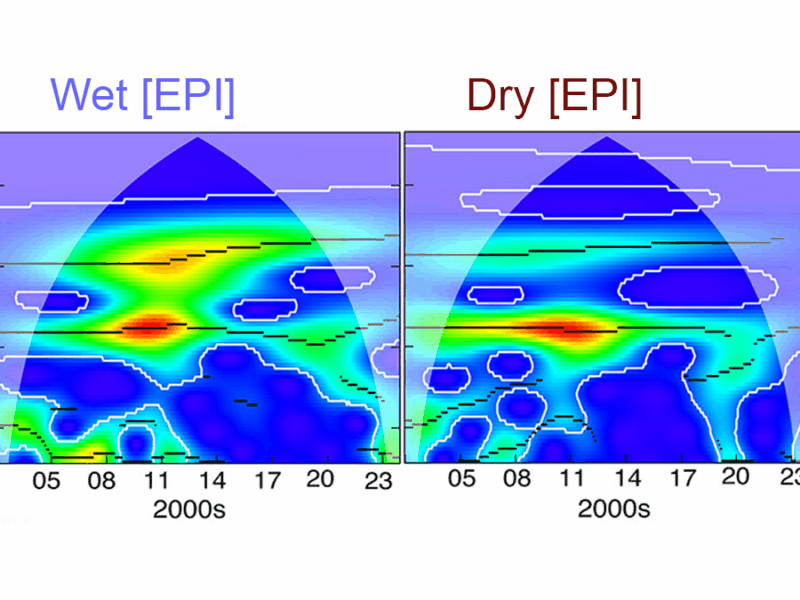
Severe droughts and floods are primarily driven by climate variations in tropical oceans, with interannual and decadal patterns playing key roles.
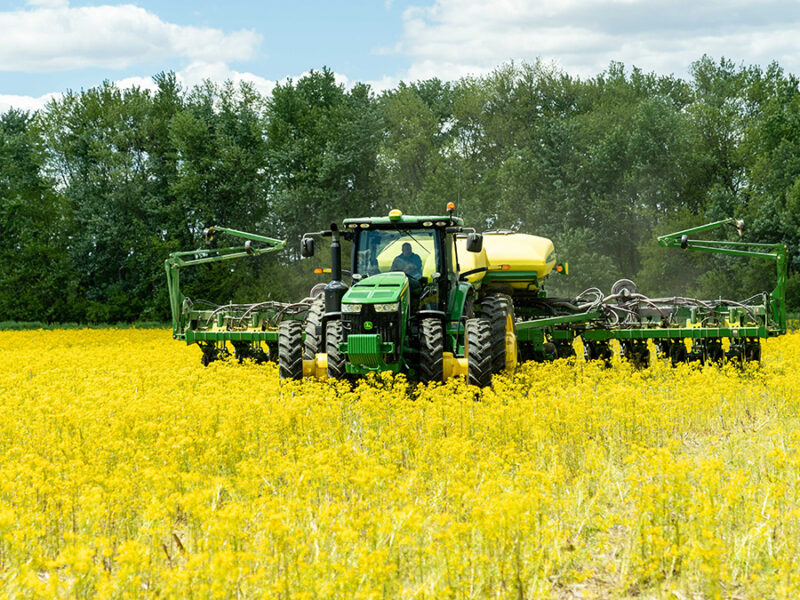
Quantitative data at real-world scales are needed to assess the effects of cover cropping and other practices on soil carbon storage. Large-scale medical studies provide a proven methodology.
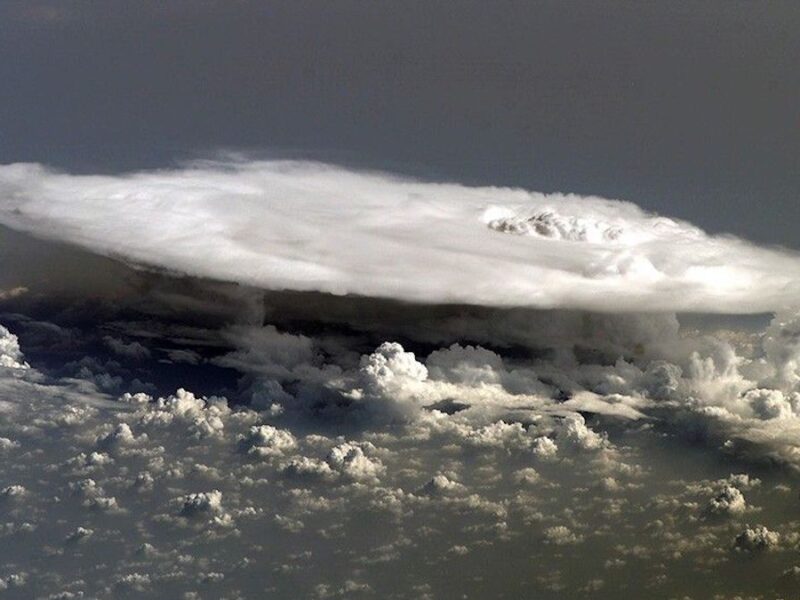
Earth’s typically pristine stratosphere is filling with particles from wildfires and additional moisture due to strong convective storms.
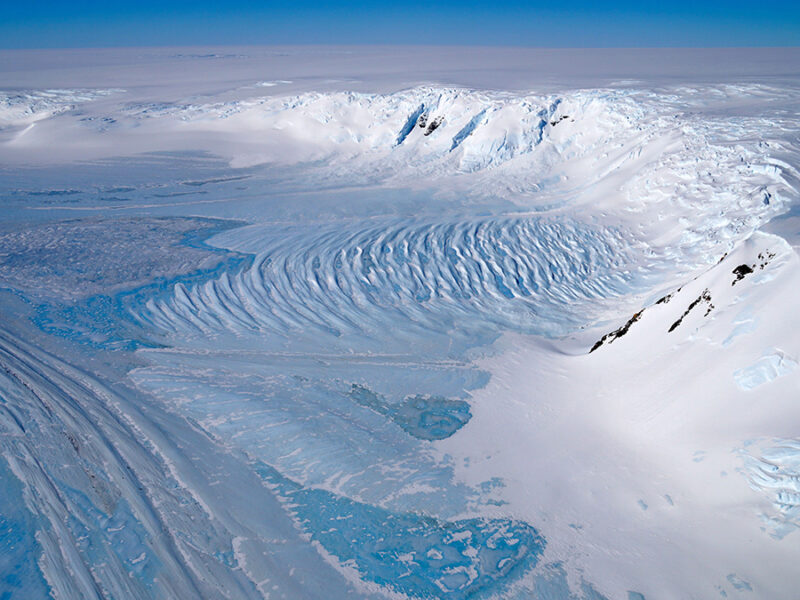
Fragments of blue ice up to 6 million years old—the oldest ever found—offer key insights into Earth’s warming cycles. Researchers are using these ancient data to refine models of our future climate.
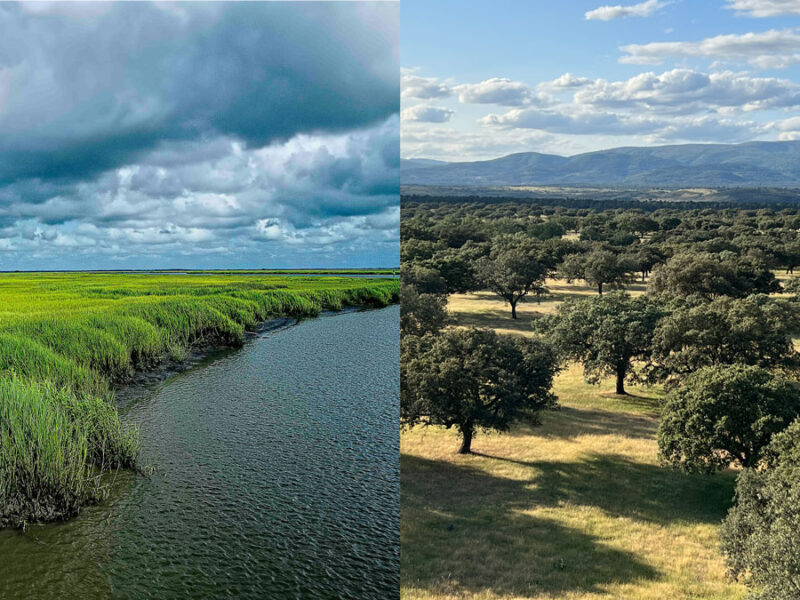
Pulses of activity, from tides to precipitation swings, play a crucial, changing role in ecosystems worldwide.
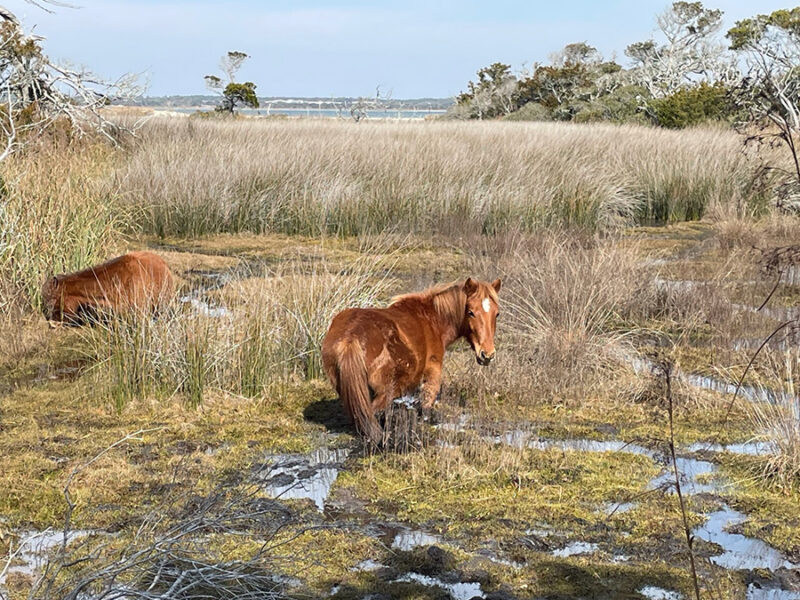
New research monitors how saltwater intrusion is affecting the behaviors of Shackleford Banks’s wild horses.

An unprecedented dataset offers insight into the counterintuitive cooling effect of glaciers on a global scale.
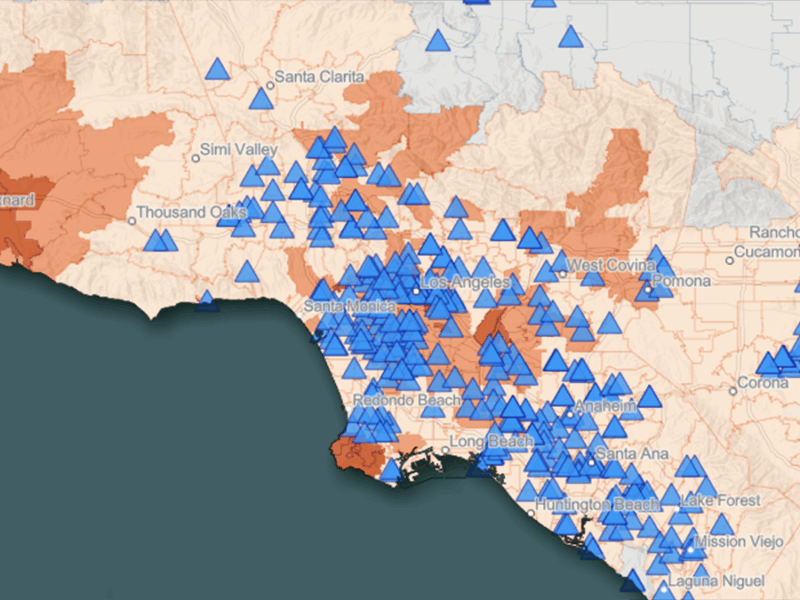
CalHeatScore creates heat wave warnings for every zip code in California, using temperature data, socioeconomic indicators, and the history of emergency room visits, to predict heat-related health risk.

A framework featuring a range of plausible future sea level rise scenarios could help coastal planners prepare critical infrastructure for the worst-case scenario.
Something went wrong. Please refresh the page and/or try again.